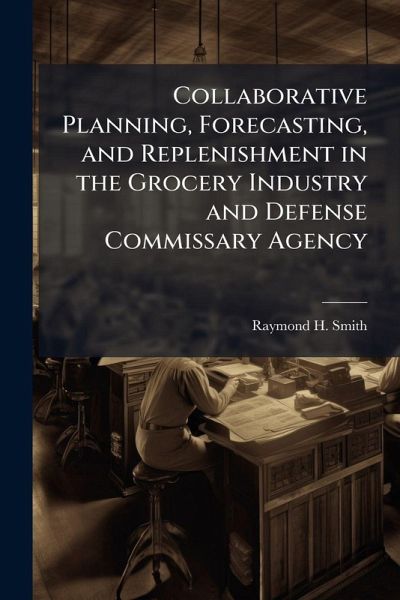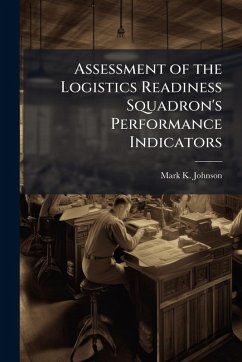
Collaborative Planning, Forecasting, and Replenishment in the Grocery Industry and Defense Commissary Agency

PAYBACK Punkte
8 °P sammeln!
The Defense Commissary Agency (DeCA) continually strives to improve the level of customer service it provides to its patrons. The DeCA Business Guide: A Business Guide for Marketing to the Defense Commissary Agency provides a foundation for how DeCA conducts business with its suppliers. DeCA's mission is to "ensure military readiness and retention of quality personnel by providing a part of the military compensation package," and its goal is to provide "quality goods at the lowest possible cost to authorized patrons" (2002: 2). This project looks at DeCA's current business processes as well as...
The Defense Commissary Agency (DeCA) continually strives to improve the level of customer service it provides to its patrons. The DeCA Business Guide: A Business Guide for Marketing to the Defense Commissary Agency provides a foundation for how DeCA conducts business with its suppliers. DeCA's mission is to "ensure military readiness and retention of quality personnel by providing a part of the military compensation package," and its goal is to provide "quality goods at the lowest possible cost to authorized patrons" (2002: 2). This project looks at DeCA's current business processes as well as the relatively new business process of Collaborative Planning, Forecasting, and Replenishment (CPFR) used by some of the major supermarket chains in the commercial grocery industry. In what areas can DeCA realize performance improvements by adopting CPFR? And what strategies would prove effective in implementing CPFR at DeCA? This project is not offering any significant statistical analysis, but it is attempting to provide a further understanding of DeCA's business processes and how those processes may be enhanced through CPFR. In turn, DeCA's mission and goal may not only be more easily met, but DeCA's processes may also become more in line with their commercial counterparts. This work has been selected by scholars as being culturally important, and is part of the knowledge base of civilization as we know it. This work was reproduced from the original artifact, and remains as true to the original work as possible. Therefore, you will see the original copyright references, library stamps (as most of these works have been housed in our most important libraries around the world), and other notations in the work. This work is in the public domain in the United States of America, and possibly other nations. Within the United States, you may freely copy and distribute this work, as no entity (individual or corporate) has a copyright on the body of the work. As a reproduction of a historical artifact, this work may contain missing or blurred pages, poor pictures, errant marks, etc. Scholars believe, and we concur, that this work is important enough to be preserved, reproduced, and made generally available to the public. We appreciate your support of the preservation process, and thank you for being an important part of keeping this knowledge alive and relevant.












